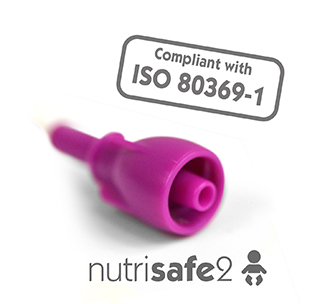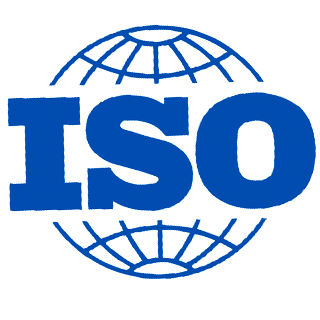Vygon offers a safe and secure enteral  feeding system for the neonatal patients
feeding system for the neonatal patients
Patient safety, along with high quality care, is at the top of Vygon’s priorities That is why Vygon developed, back in 1995, its first safe enteral feeding system based on the reversed Luer. This system was then improved in 2005 in order to ensure a complete incompatibility with Luer and adapt it specifically to the neonates. This system, called Nutrisafe2, is today sold in more than 30 countries’ NICUs and keeps earning the trust of the neonatal health care givers.

Vygon is committed to providing health care facilities with high quality and support.
To be effective, the health care facilities must be demanding in terms of product quality but also medical staff’s education. Meeting these customers’ needs is a real stake for Vygon. That’s why :
- our conception team ensures they create devices with the optimal material for the best performances,
- our sales reps continuously support health care professionals to ensure the correct use of our products.

Vygon, a charter member of GEDSA
GEDSA (Global Enteral Device Supplier Association) is a nonprofit trade association that gathers all the manufacturers, distributors and suppliers of enteral nutrition devices worldwide. Its mission is to help health facilities to understand the new ISO 80369 standard, prepare for this change and implement the non-interconnectable connectors.
Vygon is a charter member of this association.

Vygon, an expert member of the ISO 80369 committee
In early 2000’s, the International Organisation for Standardisation (ISO) created the ISO 80369 committee and requested the technical and market expertise of the Industry.
As the inventor of Nutrisafe in 1995, Vygon knows how the safety in enteral therapy is important to patients and clinicians. That is why Vygon joined the ISO 80369 working group and brought its expertise in neonatology.